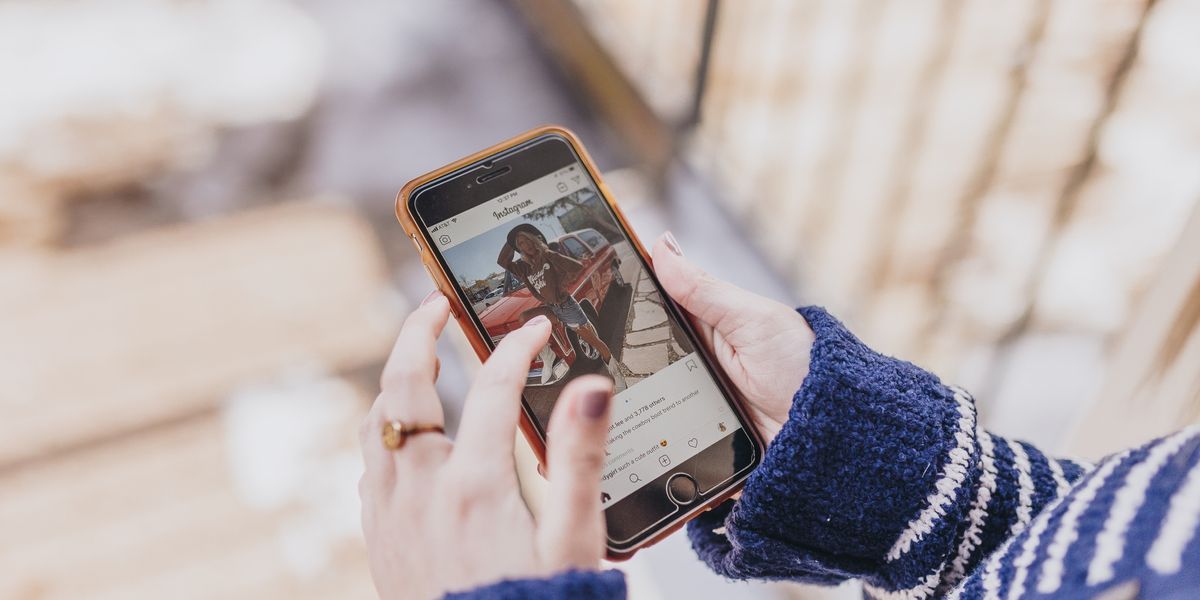Has Influencer Culture Affected How Dancers Are Hired?
New York City–based choreographer and director Jennifer Weber once worked on a project with a strict social media policy: ” ‘Hire no one with less than 10K, period’—and that was a few years ago,” she says. “Ten thousand is a very small number now, especially on Instagram.”
The commercial dance world is in a period of transition, where social media handles and follower counts are increasingly requested by casting directors, but rarely offered by dancers up front. “I can see it starting to show up on resumés, though, alongside a dancer’s height and hair color,” predicts Weber.
It’s unsurprising that profit-driven dance enterprises lead the pack when it comes to leveraging artists’ exposure; policies at nonprofit dance organizations are generally less defined or even in place. (Multiple major ballet companies declined to speak with us on the record for this story.) Jacob Jonas, artistic director of his own company and the impresario behind @camerasanddancers, notes that many small- to medium-sized companies’ social media accounts only started after “dancers took it upon themselves, because nobody else was doing it.”
Erica Fortwengler, associate director of marketing at The Washington Ballet, keeps a close eye on everything that informs public perception of the company, from lobby selfies posted by audience members at intermission to dancers’ Instagram stories documenting downtime during rehearsals. Brief glimpses of life at the ballet go out to more than 30.7K followers of the company’s official Instagram. That’s 4.6K fewer followers than company member Nardia Boodoo has, and less than half of the number who follow artistic director Julie Kent.
Who, then, is responsible for the company’s image? “We’ve talked about certain dancers being ambassadors for the company on social media,” says Fortwengler, although “that’s not something we’ve really dug too deeply into yet.” She does confirm that a dancer’s Instagram is not taken into account when considering them for a contract.
Los Angeles–based hip-hop artist Kaelynn Harris is closing in on her first million followers but claims an “old-school” perspective on how valuable that number really is. “There are people who literally work their butts off all day, every day, and are amazing at what they do,” who find themselves at a disadvantage because they haven’t cultivated large audiences online, she says. “You can be the best dancer in the world, but, if you don’t have a ‘K’ in your following, you’re not going to get hired.”
Jonas asks for Facebook and Instagram information on his standard company form. But “social media never dictates whether or not I hire somebody,” he says. “Your performance in the audition, your ability to learn our repertory and be a team player are the deciding factors.”
Through @camerasanddancers—monthly photo shoots in architecturally significant locations aimed at cultivating new audiences—Jonas has helped increase exposure for the profiles of early-career artists, which he sees as essential to dance’s sustainability. “If emerging companies are struggling with ticket sales and press, I do think it’s important that dancers push their online brands as much as possible, because it helps the organization they’re working for.”
Weber has seen a performer’s contract stipulate a minimum number of posts, baked into their total fee. But she adds that the data on conversions—how much producers can really count on a social media star to sell tickets—remains squishy, especially if the show is local while the artist’s audience is global.
Either way, Weber is content to let the next generation wrestle with those questions. “If the people hiring want someone with half a million followers, I’m not getting that job,” she says with a laugh. “I’m not interested in spending my whole life on social media. Now, if I was just graduating college today, I would think about it very differently.”




